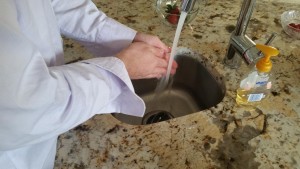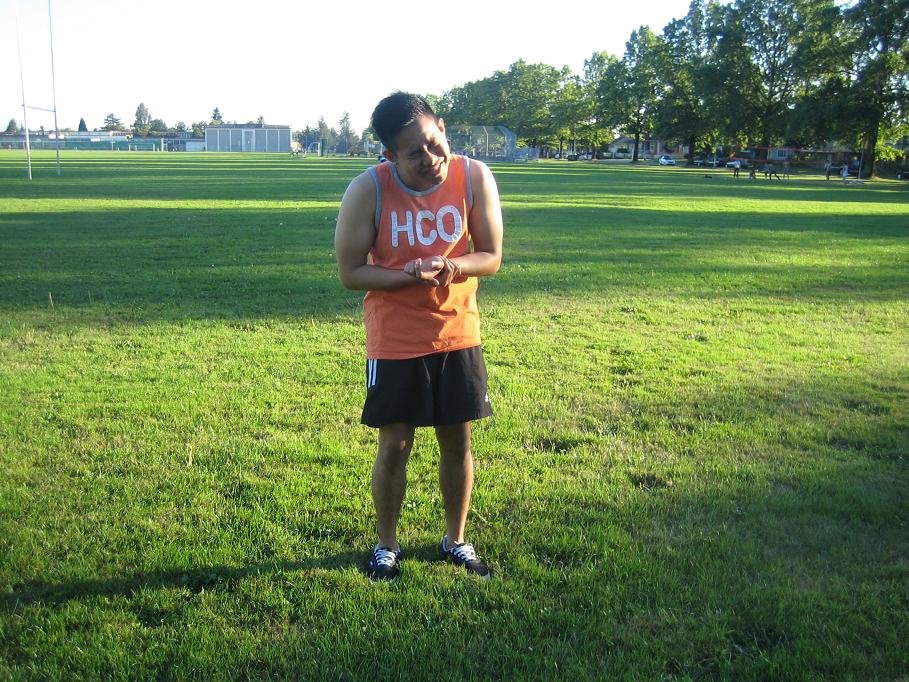An avulsion is a serious injury where the skin has been partially or fully torn off. These wounds can bleed heavily and rapidly and must be treated immediately. This is commonly caused by a fall, accident, or another injury. In this case, the skin that was torn must be removed as the skin is too damaged to be naturally repaired by the body. Because the skin is torn off, stitching of this wound is not possible because of missing tissue. These wounds are usually large and leave scars because of the missing tissue.
It is recommended to immediately seek medical attention when you receive an avulsion wound.
Taking care of an avulsion
- Wash the wound to disinfect it, remove any dirt and debris from the wound
- Control and stop the bleeding by applying pressure and elevation to the wound
- Wrap the wound with a clean bandage
You can also take painkillers to ease the pain that is accompanied by the wound, but you may need to talk to your doctor about what kind of medication you should take if you have an allergy to medication or complications.

Keep the wound and your bandage clean and dry for at least a week, ensure that you have enough nutrition and rest for the wound.
While most wounds can be treated at home without the need to see a doctor, you may be required to see one if the injury is serious and can be determined by some factors.
When to see a doctor
- The wound is large and is deeper than half an inch
- The bleeding doesn’t stop even after you’ve applied pressure
- The bleeding has continued for more than half an hour
- The injury was a result of a serious accident
There are numerous techniques for treating the wound. Your doctor may close the wound by using stitches, sutures or skin glue. You may also receive a tetanus shot to prevent you from contracting tetanus.
If you’ve received bandages or dressings as suggested by your doctor, you should keep your hands clean always to prevent infection as you change your bandages or dressings. Do this in a clean or sterile environment, disinfect the wound and keep it dry before applying a new bandage or dressing. Safely dispose of your used bandages or dressings in a plastic bag.
Disclaimer / More Information
The material posted on this page on an avulsion is for learning purposes only. Learn how it is managed by taking a first aid and CPR class with one of our training providers.
FACT CHECK
https://www.drugs.com/cg/skin-avulsion-aftercare-instructions.html

